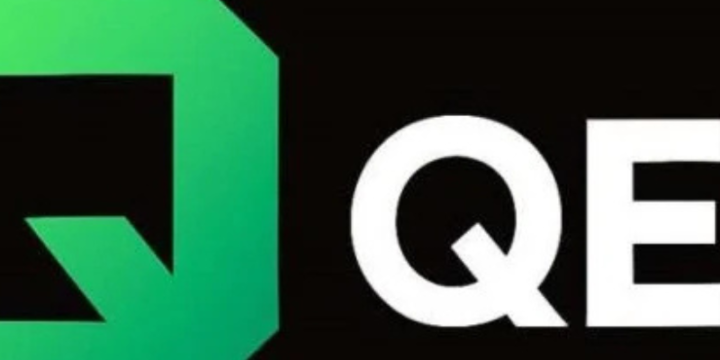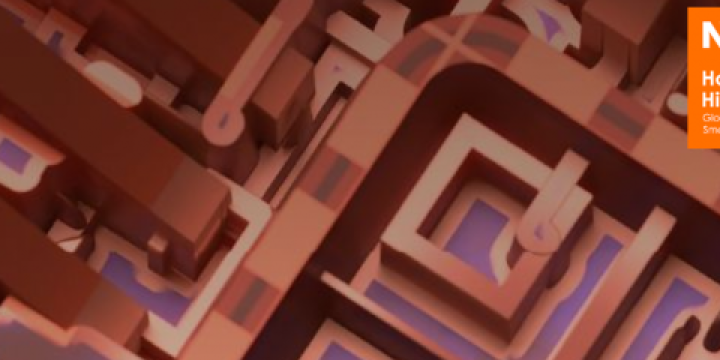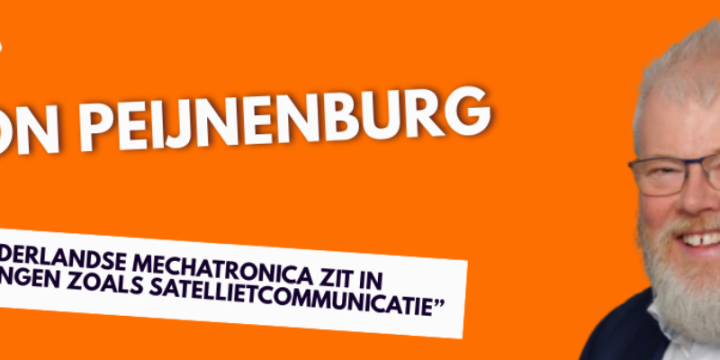Laser satellite communication enables super-fast and secure internet, connected objects and processing of a large amount of data.
A transportable OpticalGroundStation (OGS) was recently installed at Airbus Netherlands. An OGS functions as the terrestrial endpoint for the transmission and reception of optical signals to and from satellites and plays a crucial role in laser satellite communication.
This transportable OGS gives a boost to the laser satellite communication activities and the current projects (including CREOLA, HYDRON) in which Airbus is visibly a reliable supplier of ground stations for laser communication customers.
Hydron-project
The plan is to use the transportable OGS for the Hydron project. The goal of the Hydron Element-1 project is to demonstrate an inter-satellite and space-to-ground connection between two ground stations and ten satellites. For this demonstration, an OGS will be installed at a location on the NL Space Campus in Noordwijk. An EAGLE-1 OGS will also be installed here.
CREOLA project
In addition, the OGS will also be used for the CREOLA project. The aim of the CREOLA project (Consolidation and REfinement of Optical Link Architectures) of ESA, which is managed by Airbus Nederland, is to design, build and test configurations for an Optical Ground Station (OGS). The OGS is also used within the Creola project to prepare LEO satellite operations and to track LEO satellites.
Laser satellite communication technology is not only a revolutionary development in communication, but is also a complement to existing technologies and provides unprecedented transmission speeds, data security and resilience, to meet the requirements of companies and institutions in the coming decades. The transportable OGS is a valuable addition to this development and offers many innovation opportunities.





